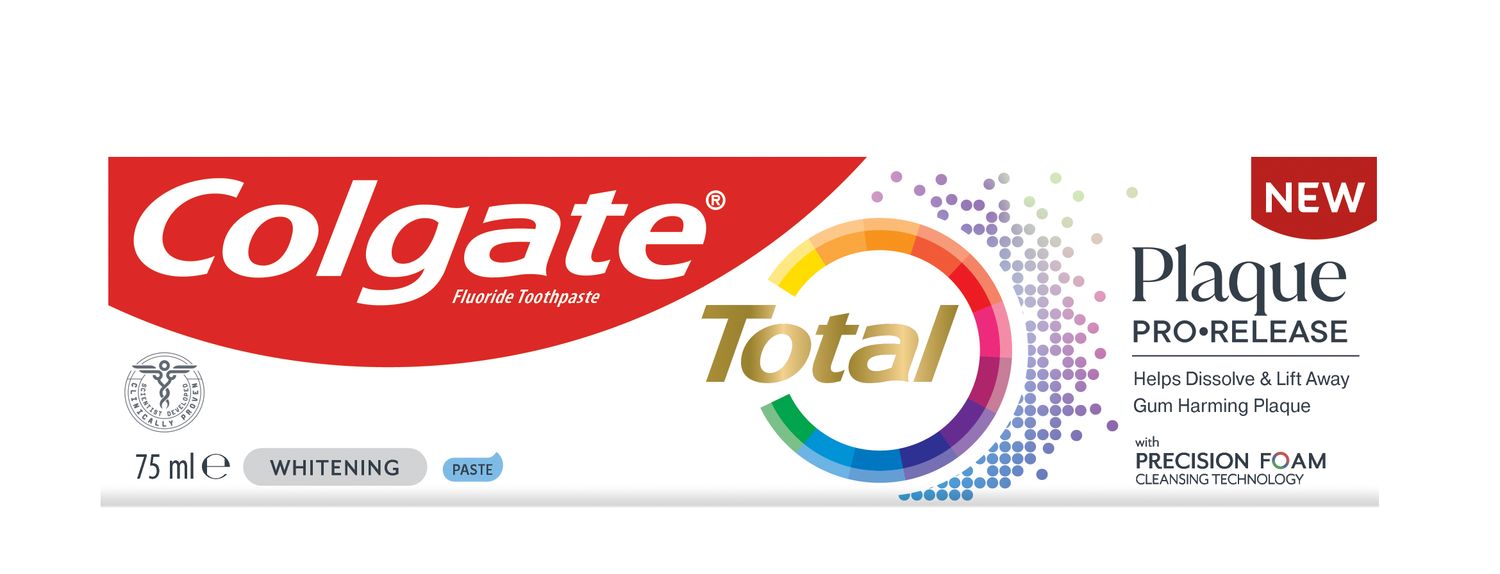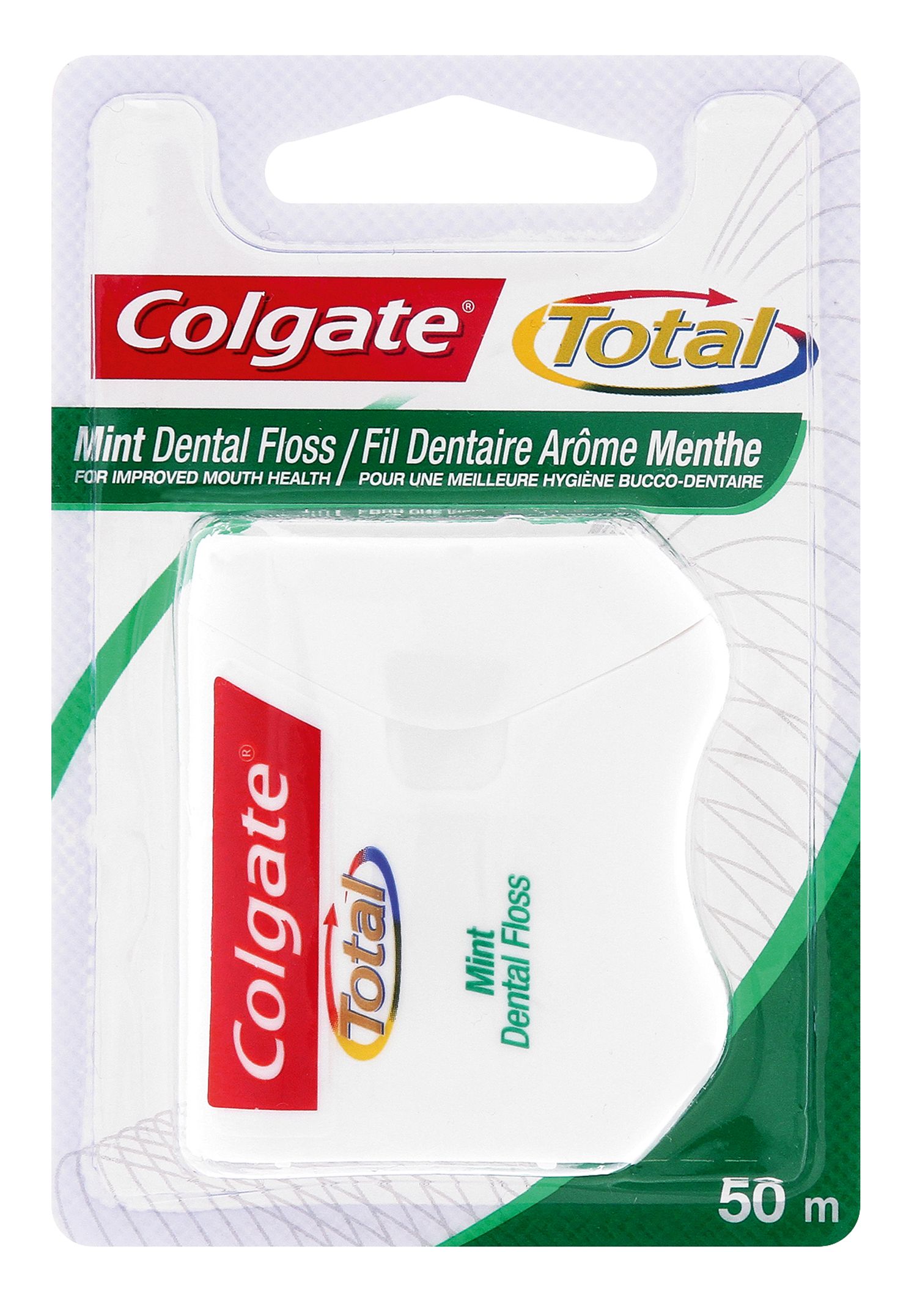Components of a Dental Implant
A dental implant comprises three parts: the fixture, the abutment and the replacement. The fixture is inserted into the jaw bone, and the abutment is inserted into the fixture. The fixture holds the prosthetic tooth or teeth replacement in place.
The way these three parts connect to each other depends on how the implant company designed the implant components. A dental laboratory is also involved in part of the process, manufacturing the abutment and the prosthesis that goes onto the fixture.
Implant Fixture Material
Since the introduction of root replacement implants in the 1970s in Sweden and then in the '80s in the United States, the material of choice has been medical-grade titanium. A history of dental implants notes that the titanium in a few types of implants may be coated with hydroxyapatite, a material that is similar to the components of bone. Titanium is well-accepted by the body, as it's rarely recognised as foreign and rarely results in a rejection issue. Since recently, ceramics like zirconium are being made into implants. Although ceramics are not technically metal, these implants are presented as metal-free.
Implant Surgery
In many clinical situations, the procedure may take only 30 minutes to replace a single tooth if there is adequate bone and gum tissue. The bone has very little feeling, so only the gum tissue over the site needs to be numbed. The special drill that is used goes very slowly compared to the dentist drill used to fill a tooth. Depending on the size and shape of the implant, a core of bone is removed and the implant is inserted into the bone. Sometimes stitches may be needed to close the gum over the implant. Many times the opening is extremely small and does not require any stitches. The dentist may or may not prescribe you an antibiotic. Analgesics or pain killers may be sufficient to manage any pain.
Healing Time
The fixture needs to have the jaw bone grow onto the implant. This takes a minimum of six weeks and up to six months. The difference in healing time is based on the quality and quantity of bone, which varies from patient to patient. Your dentist will make this assessment based on information gathered from X-rays, your health history, and what the bone feels like at the time of surgery.
Risks of Surgery
Implant surgery is generally a safe and viable option for most patients who need to replace a tooth. The risk of complications will vary depending on certain medical conditions and whether the patient is a smoker. There is no age limit to having implants placed. In fact, a study published in the journal Health and Quality of Life Outcomes concludes that implants can improve the quality of life of seniors who are missing some or all of their teeth.
After Implant Surgery
Implants can function for a long time, but are not a problem-free solution. Just like your natural teeth, implants can develop oral health issues like gum problems or fractures. Keep them clean using quality oral health care products. Implants also need to be cleaned periodically by your dental hygienist or dentist.
Most patients are pleasantly surprised at how little discomfort is involved in a tooth implant procedure, so don't let fear of the idea deter you from improving your smile and oral health.













